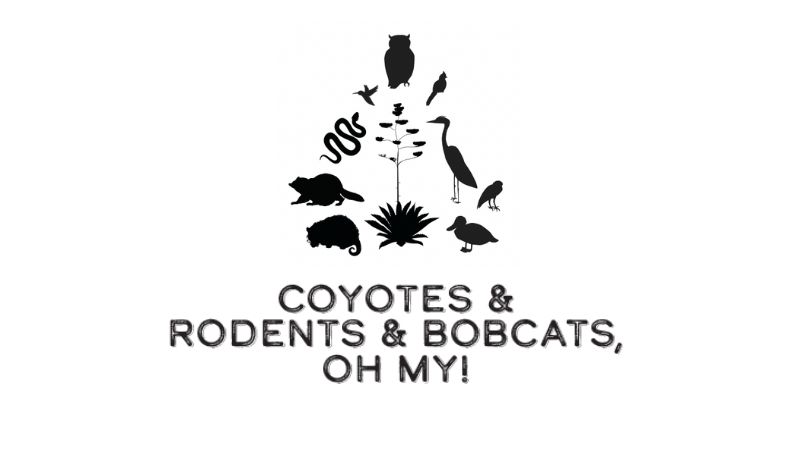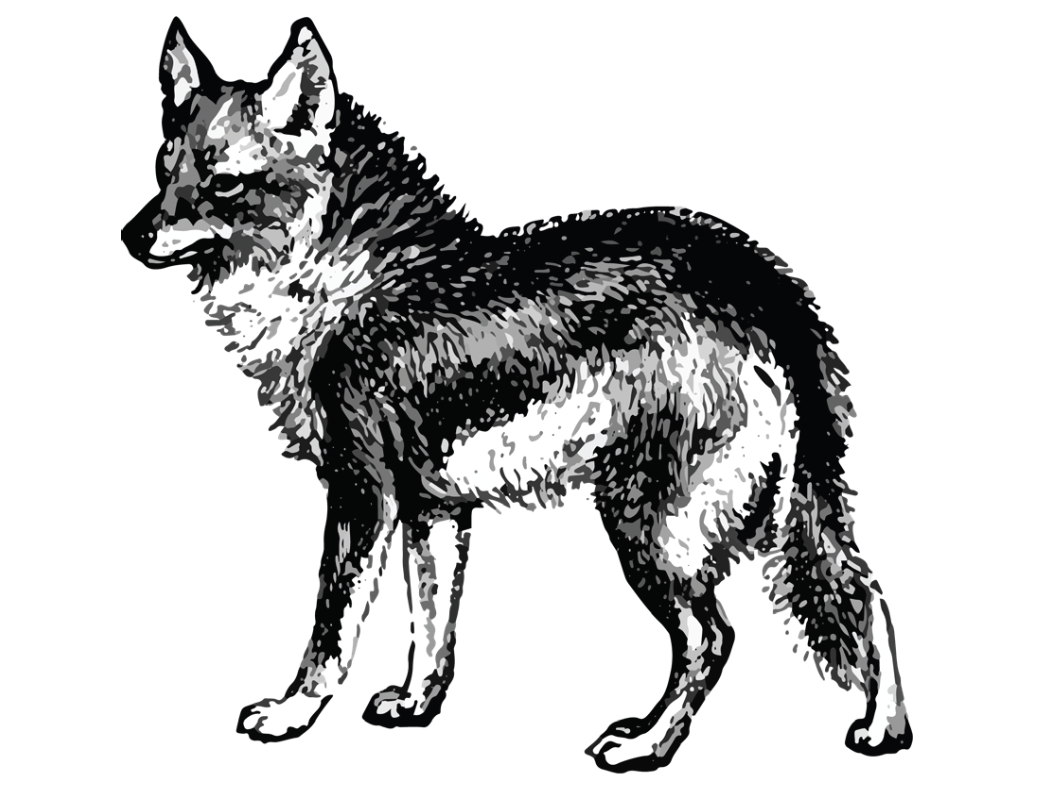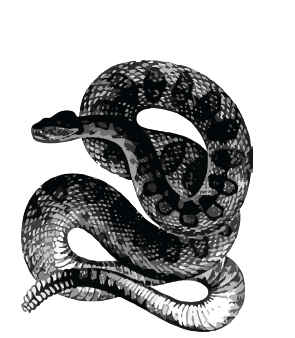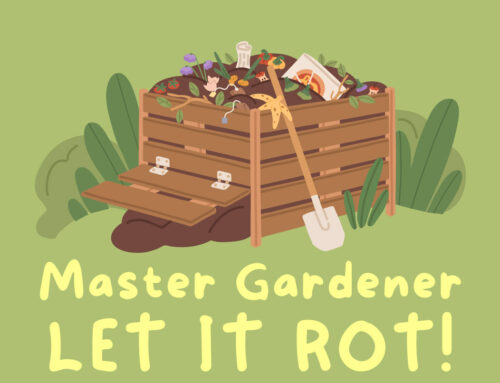
Spend any amount of time at White Rock Lake, and you’ll see wildlife.
That’s just one place in Dallas, but lurking in grassy patches and flying across the skies are animals and birds large and small that, if they could talk, would call our neighborhood home.
At this point, we’ve all heard about the coyotes, the bobcats, the bald eagles — critters that can cause havoc and generate a lot of chatter on social media and during community meetings.
But often overlooked are animals such as rabbits and rodents.
Curious about our non-human neighbors, we called Brett Johnson, an arborist and wildlife biologist with the City of Dallas. Here are a few highlights from our conversation.
THERE ARE TWO TYPES OF RODENTS IN THIS WORLD.
Well, that’s a generalization. But for our purposes, this is true. There are species such as Norway rats and black rats that are commensal to humans; that means they enjoy living in human habitats. Then there are species such as cotton rats and deer mice, which live in natural areas.
“Just because you have a prairie or a wildflower area across the street from you does not mean that’s where the rodents in your house are coming from,” Johnson says. “Because the ones that are typically found in your house don’t like living in those natural areas.”
HERE’S WHERE BOBCATS COME INTO THE PICTURE. 
Most of us don’t see bobcats every day. But if one is spending a lot of time in a neighborhood, Johnson says there’s a really good chance that somebody has a rodent problem.
“All it takes is one house in that neighborhood to be unintentionally feeding rodents, and you’ ll have a bobcat that’ll hang around,” Johnson says.
The scariest part is that in the bobcat cases he has seen, Johnson says the homeowners — most of the time — have no idea they have a rodent problem.
WHAT ABOUT COYOTES?
They feed on rodents, too, but they’re omnivores. They eat flora and fauna, as opposed to bobcats, which are exclusively meat-eaters. That’s why bobcats are more likely than coyotes to be seen sick because of too much rodenticide in their body, ingested by their rodent prey.
Both coyotes and bobcats can injure humans and pets, but it’s rare. Though the Lake Highlands coyote attack is still fresh in our minds, it really was an outlier, statistically speaking.
OH, DEER
Texas Parks and Wildlife estimates there are about 4 million white-tailed deer in the state, and they can be found in urban areas where deer overpopulation is a problem.
But they aren’t common here.
Historically, Dallas was part of the Blackland Prairie area, which wasn’t a deer habitat. Now, there’s a small deer population near the Trinity River Audubon Center.

“It’s really only been the last 20 or 30 years that we started seeing more,” Johnson says. “ You would have a periodic deer down along the creeks and along the river.”
SPEAKING OF BODIES OF WATER…
White Rock Lake is attractive to wildlife, and one reason why is because of the water, especially during droughts.
And it’s not just the lake.
Almost all of the neighborhoods surrounding it are covered with lush lawns, which provide additional food and water to animals. Many homes have English ivy, which holds moisture, making it attractive to rodents and rabbits and thereby, maybe some bobcats.
BUT WHAT HAPPENS WITH UNDEVELOPED LAND?
When plowing and construction starts, predators including bobcats, coyotes, owls and hawks flock to the area because rodents are stirred up. That’ ll last for a few weeks, until most of the vegetation is gone.
Then, over a course of months to years, wildlife numbers decrease; it’s displacement.
Populations can begin increasing again around five years after construction ends. Landscaping is growing and maturing, making the area again desirable to wildlife. In short, Johnson says: “You spike. You go down. And then you start going back up.”
ONE THING TO REMEMBER ABOUT INTERACTING WITH WILDLIFE
“In the end, the best thing you can do is let them fend for themselves, and let them figure out what they’re doing,” Johnson says.
“Supplemental feeding, or feeding them in general, in the long-term, does not help them. It makes them dependent on people. It can turn them into borderline pets, and that’s when we start seeing more nuisance issues.”





